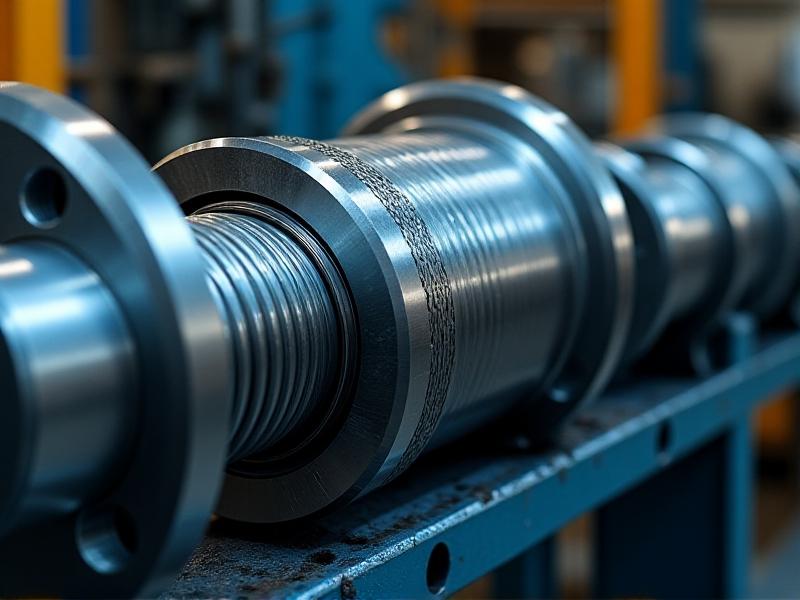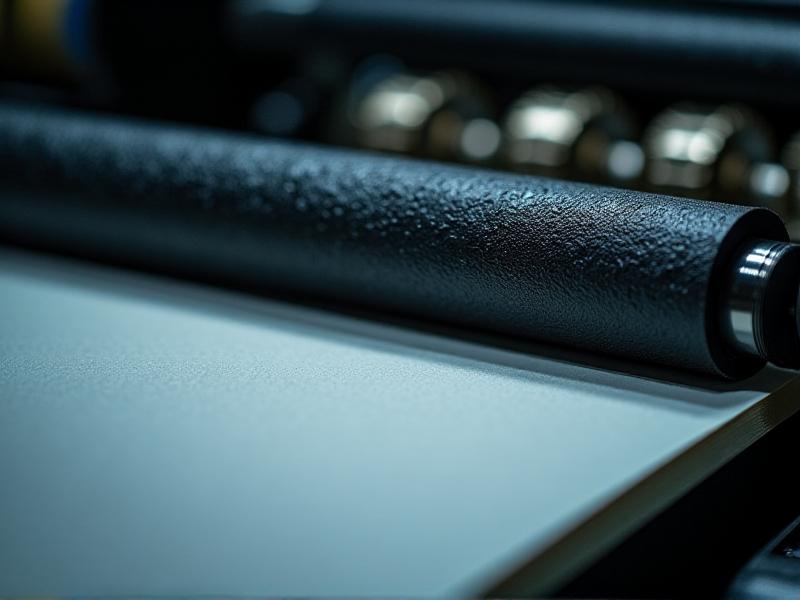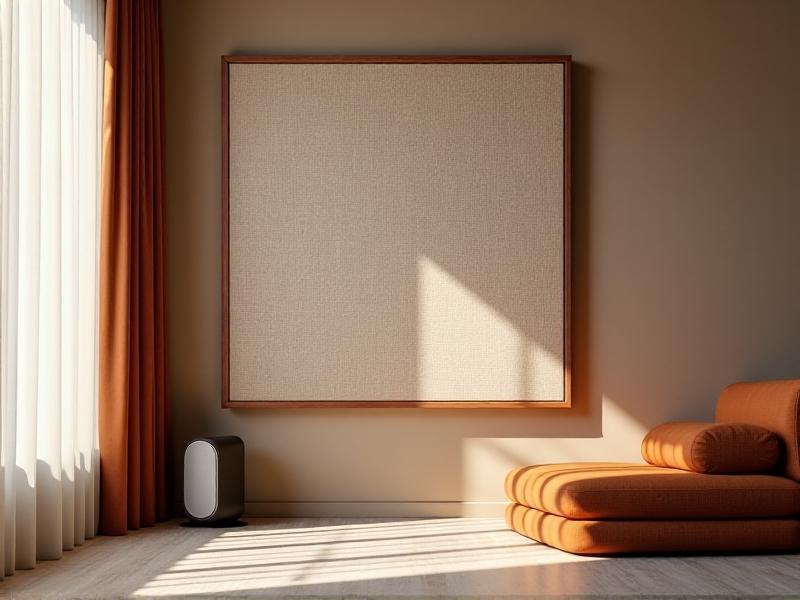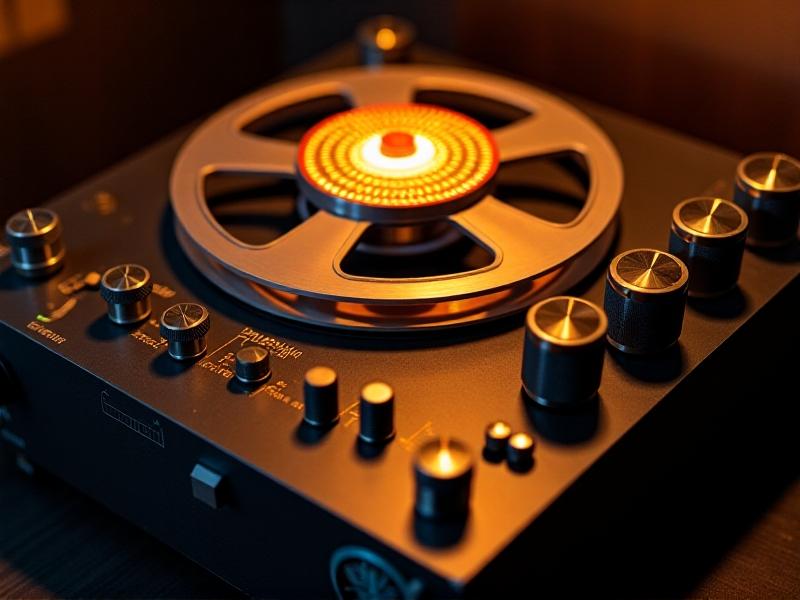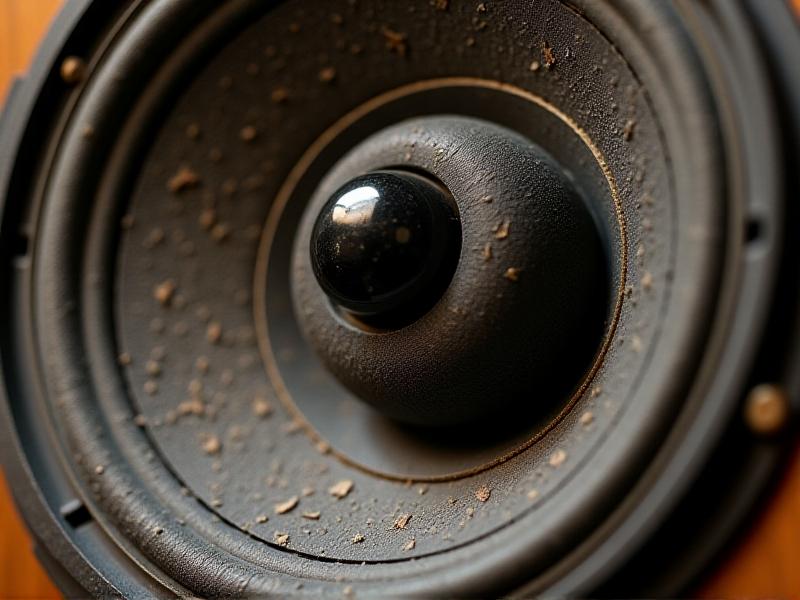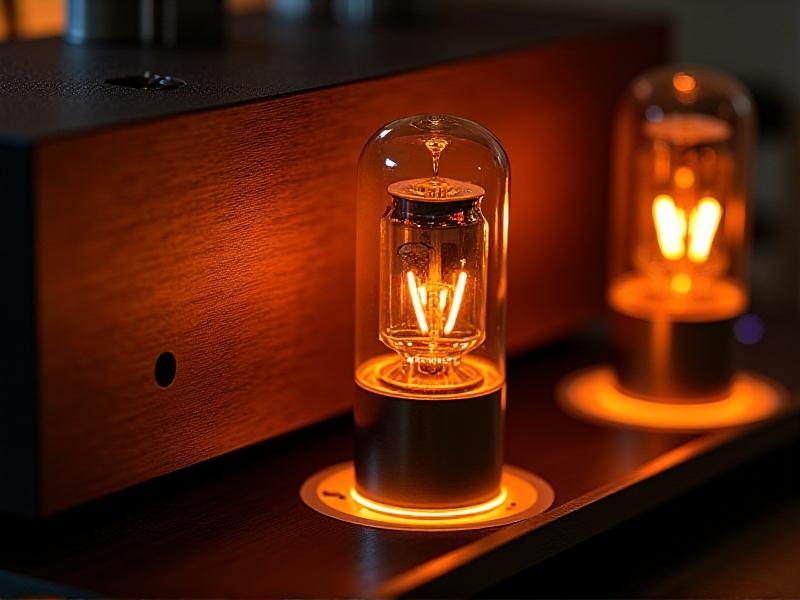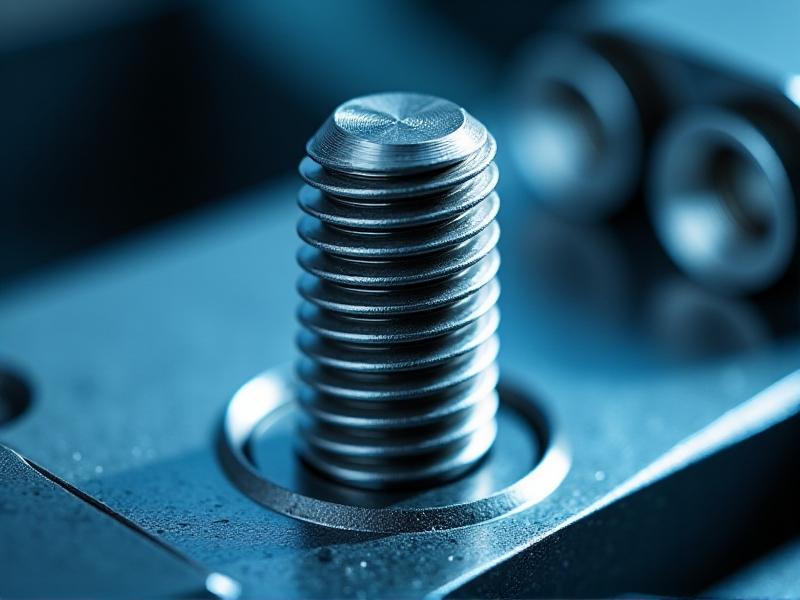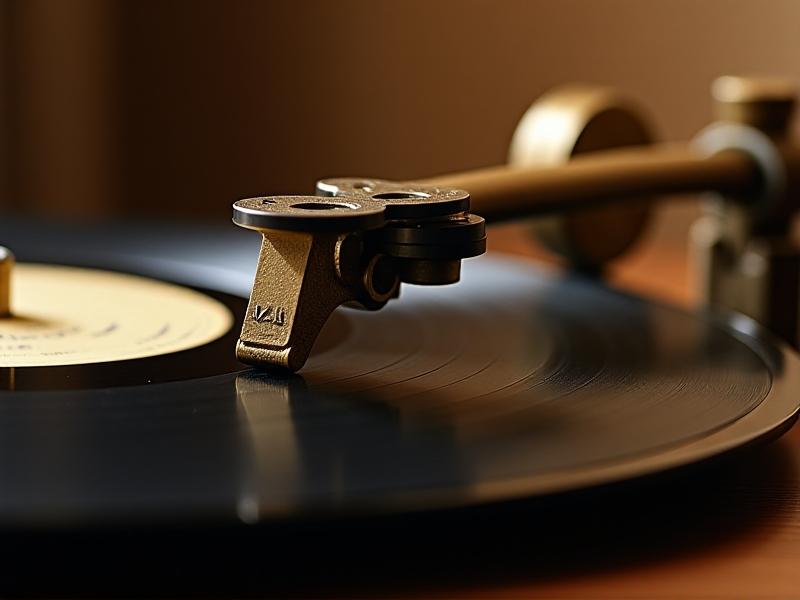Dolby Chip Cross-Reference Guide
Introduction to Dolby Chips and Cross-Reference Essentials
Dolby chips are specialized audio processing units designed to enhance sound quality across devices, from home theaters to automotive systems. These chips decode formats like Dolby Atmos, ensuring immersive audio experiences. A cross-reference guide helps engineers identify compatible chips when designing or repairing hardware, bridging gaps between legacy and modern components. This guide is indispensable for maintaining performance standards while adapting to supply chain changes.
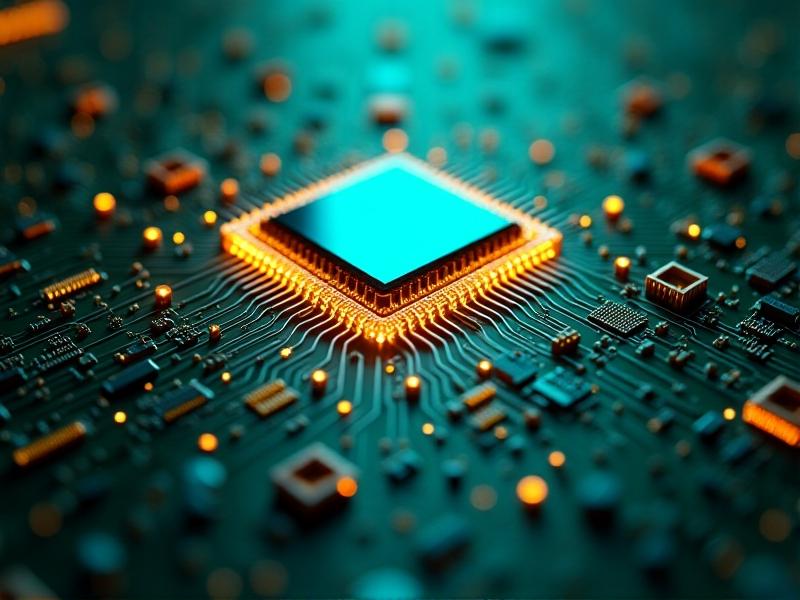
The Evolution of Dolby Audio Processing Chips
From analog noise reduction in the 1970s to today’s object-based Dolby Atmos, Dolby chips have evolved dramatically. Early chips focused on stereo enhancement, while modern versions support multidimensional audio and AI-driven calibration. This progression reflects advancements in consumer expectations and manufacturing capabilities, with each generation prioritizing higher fidelity and lower power consumption.
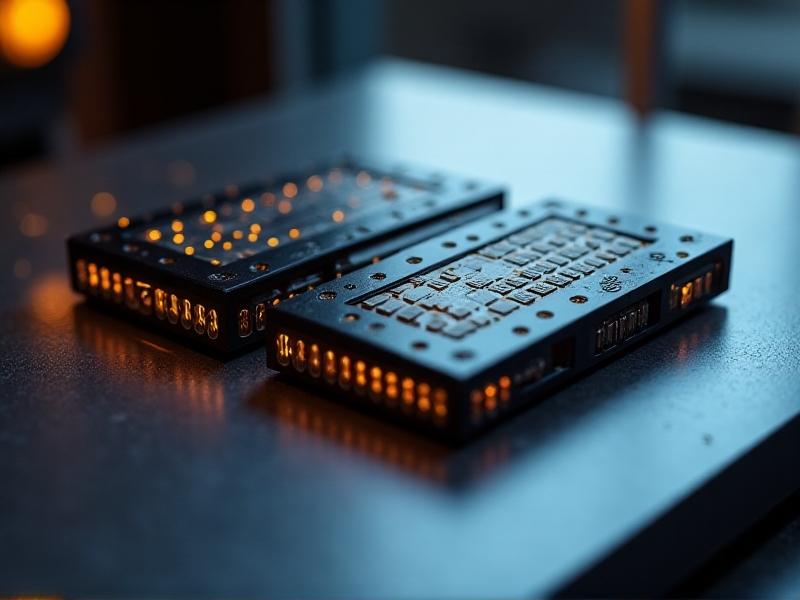
Understanding the Dolby Chip Cross-Reference Guide
The cross-reference guide acts as a roadmap for replacing discontinued or unavailable chips. It lists technical specifications, pin compatibility, and performance equivalencies. For example, the discontinued DA7217 might align with the DA7218 in certain applications. Engineers rely on this guide to avoid redesigning entire circuit boards, saving time and resources during production.

Applications in Consumer Electronics
Dolby chips are ubiquitous in TVs, soundbars, and gaming consoles. Brands like Sony and LG integrate these chips to deliver spatial audio in compact devices. The cross-reference guide ensures older sound systems can upgrade without sacrificing quality, such as pairing a 2018-era chip with a 2023 amplifier module for backward compatibility.
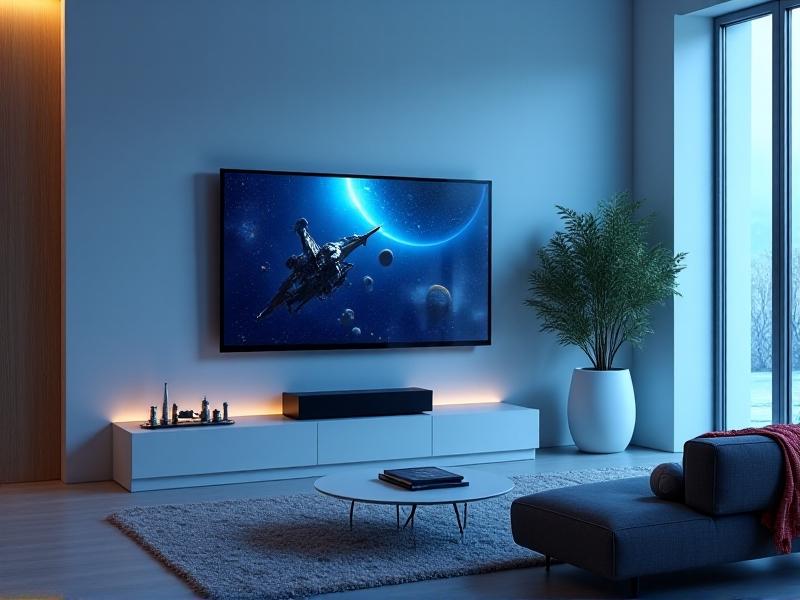
Dolby Chips in Automotive Audio Systems
Luxury car manufacturers use Dolby chips to create cabin-specific sound zones. For instance, Mercedes-Benz’s Burmester systems rely on Dolby chips to minimize road noise interference. The cross-reference guide aids in tailoring audio solutions for different vehicle models, ensuring consistency across production lines despite component shortages.
Professional AV and Dolby Chip Integration
In studios and live venues, Dolby chips manage multi-channel mixes and real-time audio adjustments. Products like Avid’s Pro Tools leverage these chips for precision. The cross-reference guide helps AV technicians maintain legacy equipment, such as matching theater amplifier chips with newer Dolby Surround decoders.
Benefits of Using a Cross-Reference Guide
Beyond simplifying replacements, the guide reduces R&D costs and accelerates time-to-market. It also fosters sustainability by extending the lifecycle of existing hardware. For example, a manufacturer can use the guide to repurpose chips from older models into budget-friendly soundbars without re-certifying components.
Ensuring Compatibility and Seamless Integration
Voltage requirements, thermal profiles, and firmware dependencies are critical factors. A chip might be functionally equivalent but require a heat sink redesign. Case studies, like Yamaha’s AV receiver update, demonstrate how cross-referencing prevents compatibility issues when integrating Dolby Vision with older HDMI standards.
Future Trends in Dolby Chip Technology
AI-driven chips that auto-calibrate to room acoustics and user preferences are on the horizon. Smaller die sizes and quantum computing compatibility could revolutionize audio processing. The cross-reference guide will adapt to include parameters for machine learning models and energy efficiency benchmarks.
Maintenance and Troubleshooting Tips
Regular firmware updates and thermal monitoring are essential. For instance, overheating in Dolby Atmos soundbars often stems from inadequate ventilation rather than chip flaws. The cross-reference guide helps diagnose issues by comparing performance metrics across similar chips in real-world conditions.
